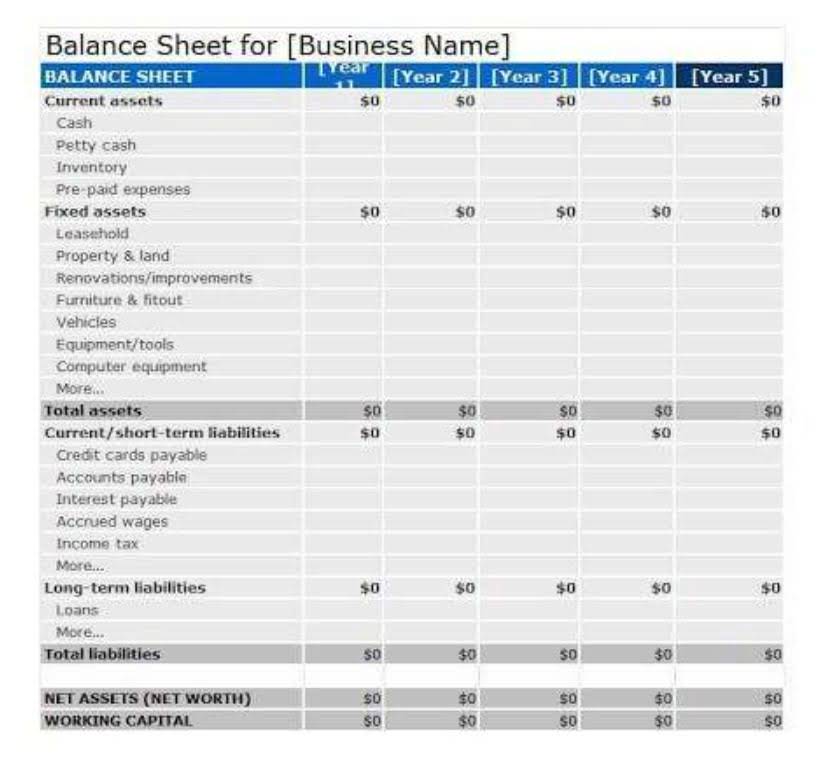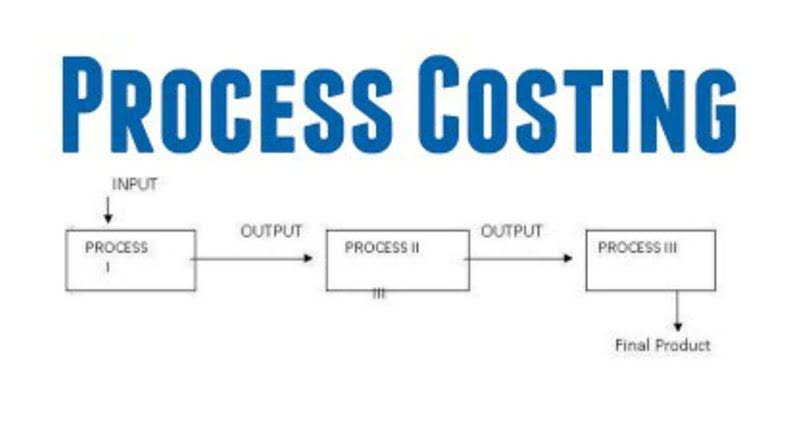If the denominator does not deduct an expense, then the numerator should add the corresponding liability. Companies never disclose enough information to create a schedule with each asset and lease, so the best you can do is approximate. The rule change in 2019 only affected Operating Leases, which is significant because Operating Leases tend to be much bigger than Finance Leases for most companies. That might mean flat payments of $100 per year, or it might mean payments that increase slightly each year, such as $100 in Year 1, $105 in Year 2, $110 in Year 3, and so on. Initially, the FASB worked in conjunction with the International Accounting Standards Board (IASB) to develop their new standards.
IBOR reform and the effects on financial reporting — Phase 2
- Leases may impose restrictions, for example, by requiring the lessee to maintain particular financial ratios.
- The lessee incurs the obligation for those costs either at the commencement date or as a consequence of having used the underlying asset during a particular period.
- Lessors continue to classify leases as operating or finance, with IFRS 16’s approach to lessor accounting substantially unchanged from its predecessor, IAS 17.
- In that case, the lessee shall use a revised discount rate that reflects changes in the interest rate.
It’s important to understand the ins and outs of lease classification and stay up to date on the current lease accounting standards. You also need to know how lease accounting fits into each financial statement so you can base decisions and strategies on accurate financial information. In such cases, and notwithstanding the guidance on in-substance fixed payments in paragraph B42, an entity shall assume that the lessee is reasonably certain to exercise the option to extend the lease, or not to exercise the option to terminate the lease. To have the right to direct how and for what purpose the asset is used, within the scope of its right of use defined in the contract, the customer must be able to change how and for what purpose the asset is used throughout the period of use (paragraph B25). In assessing whether that is the case, an entity considers rights to make decisions during the period of use that are most relevant to changing how and for what purpose the asset is used throughout that period. Decision-making rights are relevant when they affect the economic benefits to be derived from use (paragraph B25).
Lessor lease classification (paragraphs 61–
This is the monthly Interest on the lease liability calculated as the discount rate divided by 12 (to determine the monthly rate) and multiplied by the prior month’s ending total liability, less any payments made. This is the monthly Interest on the lease liability calculated as the discount rate divided by 12 (to determine the monthly rate) multiplied by the prior month’s ending total liability, less any payments made. The increase in long-term lease liability is the interest accrued on the remaining liability.
Financial Instruments
The retailer and supplier are registered participants in an electricity market, in which customers and suppliers are unable to enter into contracts directly with each other for the purchase and sale of electricity. Instead, customers and suppliers make such purchases and sales via the market’s electricity grid, the spot price for which is set by https://eorhelp.ru/vneklassnoe-meropriyatie-evropejskij-den-yazykov/ the market operator. The Committee observed that, in the contract described in the request, the customer has the right to obtain substantially all the economic benefits from use of the specified underground space throughout the 20-year period of use. The customer has exclusive use of the specified underground space throughout that period of use.
ASC 842: The New Lease Accounting Standards Explained with Examples, Effective Dates, & More
ASC 842 https://saletool.ru/hyundai_hfh-182nbe-p-11857.html replaces the previous GAAP lease accounting standard, ASC 840, which classified certain leases as “operating leases,” which were not capitalized on the balance sheet. As a result, they were excluded from many financial analysis ratios, such as the current ratio, and these exclusions could skew an investor’s understanding of a company’s performance. The GAAP lease accounting standard ASC 842 requires all leases longer than 12 months to be recorded as assets and liabilities on balance sheets. The Financial Accounting Standards Board, or FASB, created this new standard to foster more transparency between companies and their financial statement users, who are typically investors or banks.
Lessor operating lease accounting
A lessee shall apply paragraphs 105–106 to all lease modifications that change the basis for determining future lease payments as a result of interest rate benchmark reform (see paragraphs 5.4.6 and 5.4.8 of IFRS 9). For this purpose, the term ‘interest rate benchmark reform’ refers to the market-wide reform of an interest rate benchmark as described in paragraph 6.8.2 of IFRS 9. The carrying amount of the PPE in Seller-lessee’s financial statements http://mybiznesinfo.ru/15-v-moskve-predstavyat-ivanovskie.html at the date of the transaction is CU1,000,000, and the amount paid by Buyer-lessor for the PPE is CU1,800,000 (the fair value of the PPE at that date). All the payments for the lease (which are at market rates) are variable, calculated as a percentage of Seller-lessee’s revenue generated using the PPE during the five-year lease term. At the date of the transaction, the present value of the expected payments for the lease is CU450,000.
Classification of leases (paragraphs B53–B
Apply IAS 36 Impairment of Assets to right-of-use assets at the date of initial application, unless the lessee applies the practical expedient in paragraph C10(b). The classification of leases for lessors in this Standard is based on the extent to which the lease transfers the risks and rewards incidental to ownership of an underlying asset. Risks include the possibilities of losses from idle capacity or technological obsolescence and of variations in return because of changing economic conditions. Rewards may be represented by the expectation of profitable operation over the underlying asset’s economic life and of gain from appreciation in value or realisation of a residual value. The lease term begins at the commencement date and includes any rent-free periods provided to the lessee by the lessor. If only a lessee has the right to terminate a lease, that right is considered to be an option to terminate the lease available to the lessee that an entity considers when determining the lease term.






